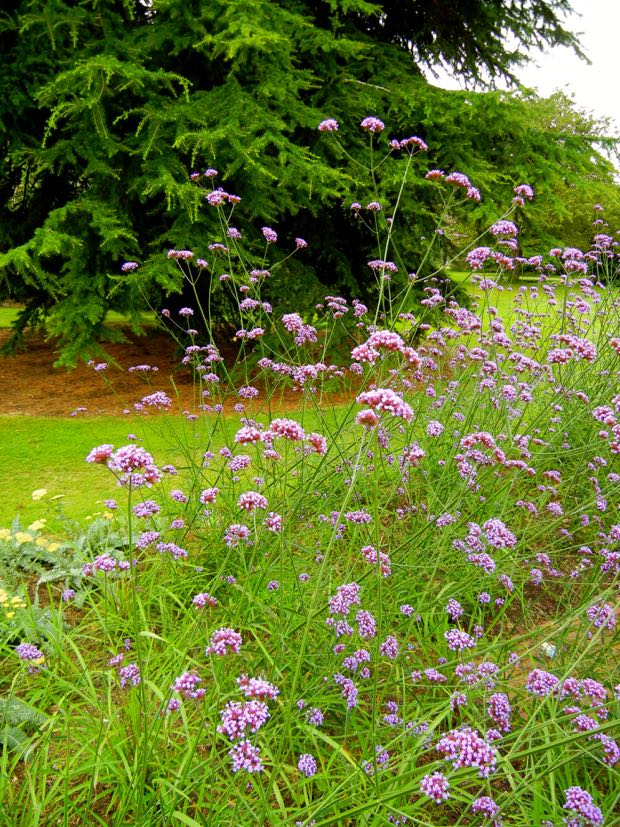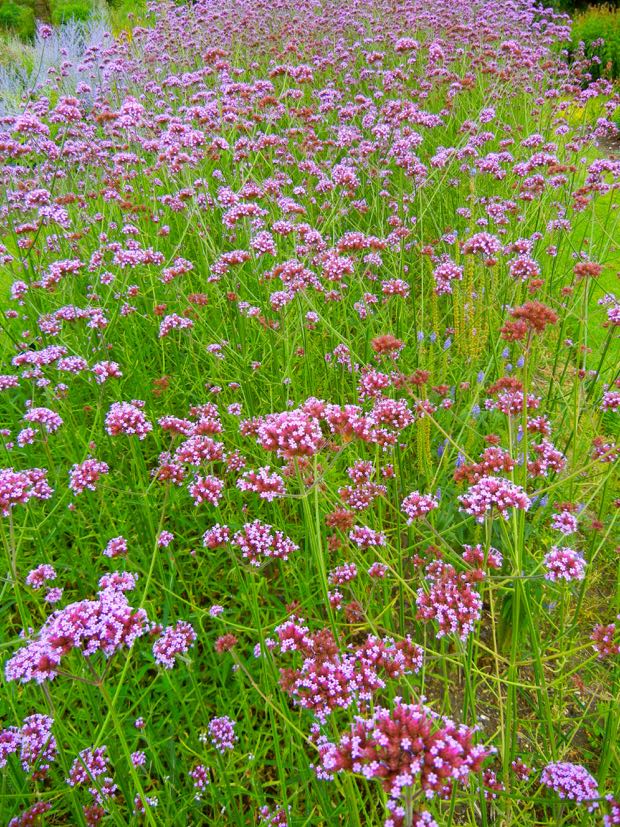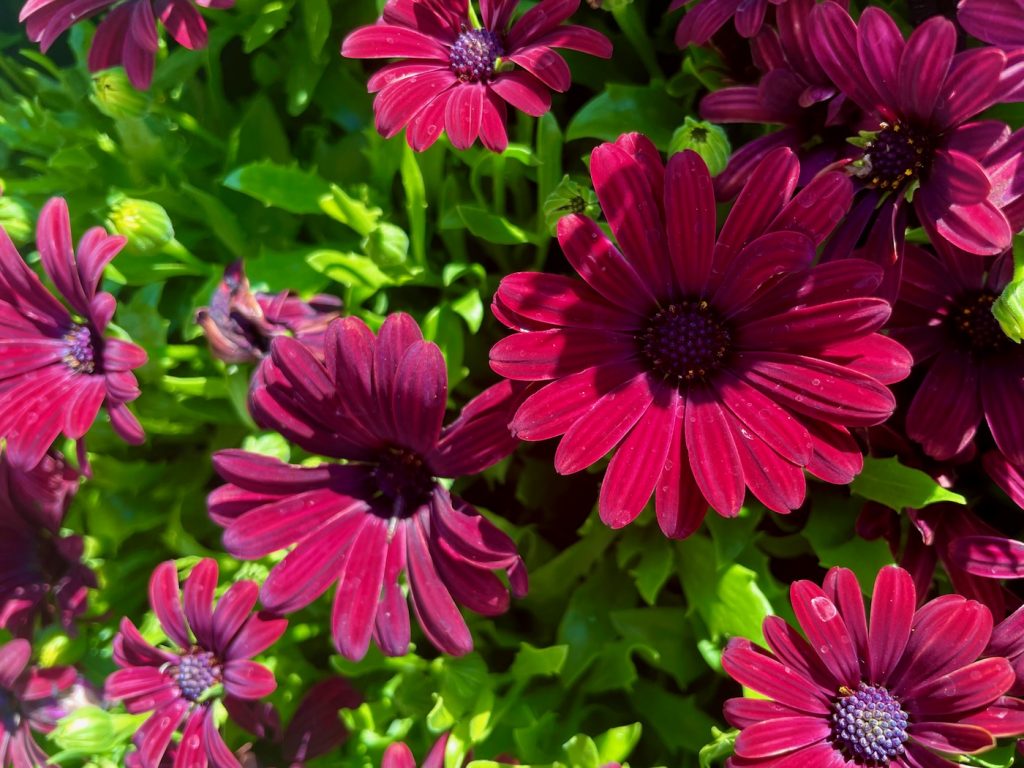Verbena bonariensis: A Fragrant Perennial with Airy Appeal
Background and Family: Verbena bonariensis, commonly known as Argentinian Vervain, belongs to the Verbenaceae family of plants. It is a herbaceous perennial native to South America, where it thrives in grasslands and open woodlands. In the early 1700s, it was introduced to Europe and has since gained popularity as an ornamental plant in gardens worldwide. This versatile plant also goes by various names such as Verbena Bonariensis ‘Buenos Aires,’ Purpletop Vervain, Clustertop Vervain, Argentinian vervain, Tall Verbena, and Pretty Verbena.
Description: Verbena bonariensis is an elegant and statuesque plant that can reach heights of up to 6 feet (2 meters). Its slender, wiry stems rise above the foliage, adorned with clusters of small, fragrant flowers. The lance-shaped leaves, dark green in color, provide a lovely contrast to the vibrant blooms.
Flowers: The flowers of Verbena bonariensis may be small, but they pack a delightful fragrance. They typically exhibit shades of purple, although white and pink variations can also be found. These blooms appear from midsummer and continue to grace the plant until fall, attracting pollinators with their alluring scent.
First Published: Verbena bonariensis was initially described and published by James and William Sherard, two English botanists, in 1726. Their work contributed to the botanical knowledge and recognition of this captivating plant.
How to Grow Verbena bonariensis:
Sunlight: Verbena bonariensis thrives in full sun, where it receives at least six hours of direct sunlight per day. Planting it in a location with ample sunshine will enhance its growth and flowering.
Watering: Although Verbena bonariensis is drought-tolerant, it benefits from regular watering, particularly during hot and dry weather. Water deeply and infrequently to ensure the entire root system is adequately moistened.
Soil and Planting: Choose well-drained soil to accommodate Verbena bonariensis‘ needs. Amending the soil with compost or other organic matter before planting can provide additional nutrients. Space the plants 18-24 inches apart to allow for proper growth and airflow.
Fertilizer: Verbena bonariensis generally does not require heavy fertilization. Applying a balanced fertilizer once a month during the growing season is sufficient to support healthy growth and flowering.
Pests and Diseases: This plant is relatively resistant to pests and diseases. However, spider mites can become a concern if the plant is not watered regularly. Insecticidal soap or neem oil can be used to treat infestations if necessary.
Deadheading: Deadheading spent blooms of Verbena bonariensis promotes extended flowering. By simply pinching or snipping off the faded flowers, you encourage the plant to produce new blooms and maintain an attractive appearance.
Winter Care: In USDA zones 5-6, Verbena bonariensis may require protection from harsh winter conditions. Covering the plant with a burlap sack or similar protective material can safeguard it from frost and cold temperatures.
Propagation:
Verbena bonariensis can be propagated through both seeds and cuttings. Seed germination can be slow, so it is recommended to start seeds indoors 6-8 weeks before the last frost. Cuttings can be taken from new growth in the spring or summer for successful propagation.
With its fragrant blossoms, graceful stature, and versatility in various garden settings, Verbena bonariensis, or Argentinian Vervain, is a captivating flowering perennial that adds an enchanting touch to any landscape. Whether planted in beds, borders, or containers, this plant is sure to draw attention with its airy appeal and vibrant color.
As an easy-to-grow perennial, Verbena bonariensis brings joy to both beginner and experienced gardeners. Its long flowering season ensures continuous blooms from spring to fall, providing a beautiful display of purple, white, or pink blossoms that dance in the breeze. The delicate fragrance emitted by the flowers further enhances the sensory experience.








